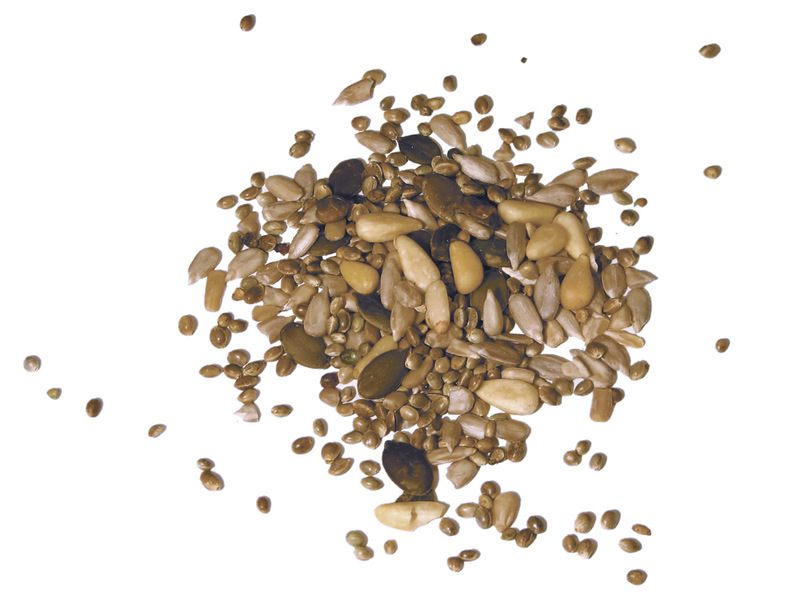Known mainly for their simple lifestyle and the stunning beauty of their bare furniture, the Shakers were clever to a fault. They invented the circular saw, the clothespin, the flat broom and even the lazy Susan.
In the 1790s, the Shakers of New Lebanon in New York started selling garden seeds. The Shakers of Watervliet, N.Y., were the first to sell seeds in paper packets.
Today most gardeners still buy seeds rather than grow them themselves, and due to their light weight, seeds by mail order remains a popular way of getting seeds.
For old fashioned heirloom seeds, no one beats Seed Savers Exchange: 3094 N. Winn Road, Decorah, IA 52101; 563-382-5990. Seed Savers Exchange has some “new” old-time varieties such as Bear Paw Popcorn, whose ears are flattened on the ends like a bear paw.
Another favorite specialty catalog is Nichols Garden Seeds: 1190 Old Salem Road NE, Albany, OR 97321; 800-422-3985. Try their Melemon hybrid melon with sweet, juicy flesh and high yields.
If you like tomatoes, and who doesn’t, there are hundreds of varieties of tomatoes, then the aptly named Tomato Growers Supply is a great read. (PO Box 60015, Ft. Myers, FL 33906; 888-478-7333. Tomato Growers Supply is giving away a free packet of Chocolate Cherokee tomato seeds with every $15 order.
But what to do with the leftover seeds of last year or even several years back? It seems a waste to toss them. Some seeds will last several years, while others go bad in as little as a single season.
Bean seeds last two to three years, tomato seeds four to five years, corn two to three years, carrot two to three years, and lettuce two to five years. Some seeds are notoriously short lived; onion and leek seeds are good for only a year or two at best.
The best thing to do is set up your own germination test. Place 10 to 25 seeds in a wet paper towel, fold the paper towel, place inside a plastic bag, and let it set in a warm place at 70 to 80 degrees F. Be sure to label each plastic bag with the name and date you set the seeds. After about a week open the paper towel and count how many of the seeds have sprouted. Of course, sprouting and growing are two separate things, and if seeds are old you may not want to risk planting them only to have spotty germination and weak, sickly plants. In the case of family heirlooms it may be all you have to work with, but most other seeds can be easily purchased new each year.
You may want to go in with a gardening friend and share large packs of seeds. You can even have an informal seed swap around the kitchen table, inviting friends to bring extra seeds to share. Sharing seeds, especially heirloom varieties, will link you once again to the great traditions of gardening in America. Set up your seeds on a lazy Susan, have plenty of Shaker clothespins to hold the packets shut, arrange ladder back Shaker chairs, and have an old-fashioned seed swap. Nothing could be more modern.






















































